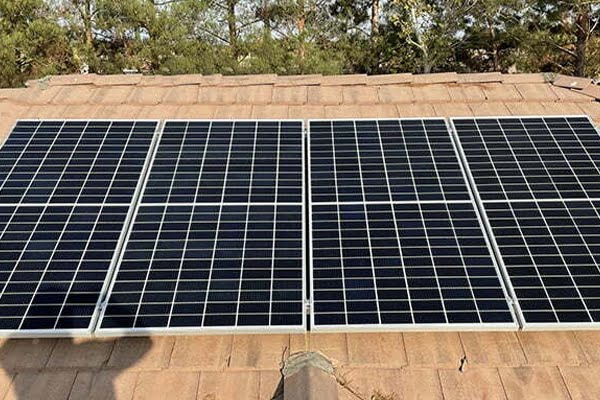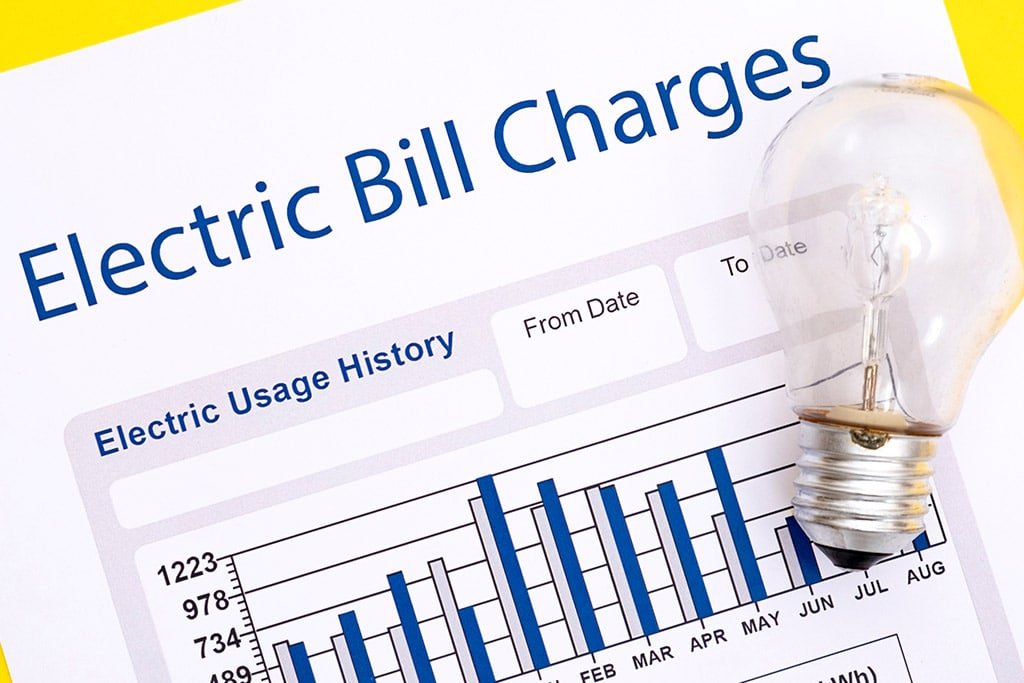Crucial elements for the development of solar power installations are the government incentives available in every state for home customers who wish to add a PV array to their home electrical system. These incentives are the missing piece that makes the payback period of solar PV systems much more attractive from a financial perspective.
Every state will have different incentive schemes available, but in this article, we will especially focus on California. Let’s analyze some of the most important financial schemes available for solar in this state.
Federal Tax Credit
The most important scheme available for solar power and other renewable energy sources is the federal tax credit, also known as an investment tax credit (ITC). Simply explained, the US government provides a tax credit for every solar PV installation that drastically reduces the cost of the PV system and that can be claimed in the same year of the installation and be accumulated for next year as well.
Over the last 15 years, this has been the main promoter of renewable energies in the US and has been historically set at 30%. However, as renewables are starting to mature technologically and financially, the ITC credit is been reduced to 26% in 2020, will continue reducing to 22% (2021) and down to 10% (after 2022).
Net Metering
The NET scheme is a successful mechanism that has been implemented in multiples states across the US to make the connection of a PV system to the power grid financially attractive.
Many times your solar power system will generate electricity, surpassing the instantaneous demand of your house. This happens especially when you leave your house to go to work or school. Even when there is no demand, your PV system will still be generating power that needs to go somewhere.
Motivated by an energy conservative goal, the US government implemented this mechanism where every excess kWh from solar must be sent back to the grid through the utility meter and the homeowner must be compensated for every kWh. Simply said, the customer obtains a kWh credit that will allow him or her to use that credit for times in which the solar array is not generating (night).

Figure 1. US States where NEM is applicable. Source: SEIA
Property Tax Incentive for Solar Energy Systems
The California State Board of Equalization also allows a property tax exclusion for specific types of PV systems installed between January 1, 1999, and December 31, 2024. This is applicable for the commercial, industrial and residential sectors and the incentive amount may be up to 100% of the system value. Storage devices and power conditioning equipment are not included.
California Solar Initiative – Single-Family Affordable Solar Housing (SASH) Program
This incentive was created to provide qualifying single-family homeowners with access to solar power. The California Solar Initiative (CSI) must assign 10% of its funds to assist low-income households in their renewable energy goals.
Among other things, to be eligible for this program the homeowner must use CEC-certified PV modules and inverters (with a 10-year warranty), the system must be grid-tied, and must be installed by a licensed California contractor that has been accepted by the SASH.
The reward will be $3 per watt CEC-AC available and will be issued by one of the three electric utilities: PG&E, SCE or SDG&E. The CEC-AC rating is calculated for the CSI program as the available power in AC signal, meaning the power rating after the efficiency of the inverter and PV system losses are considered.
References
https://gridalternatives.org/what-we-do/program-administration/sash
https://programs.dsireusa.org/system/program/detail/558
https://www.gosolarcalifornia.ca.gov/documents/SASH_Handbook.pdf





